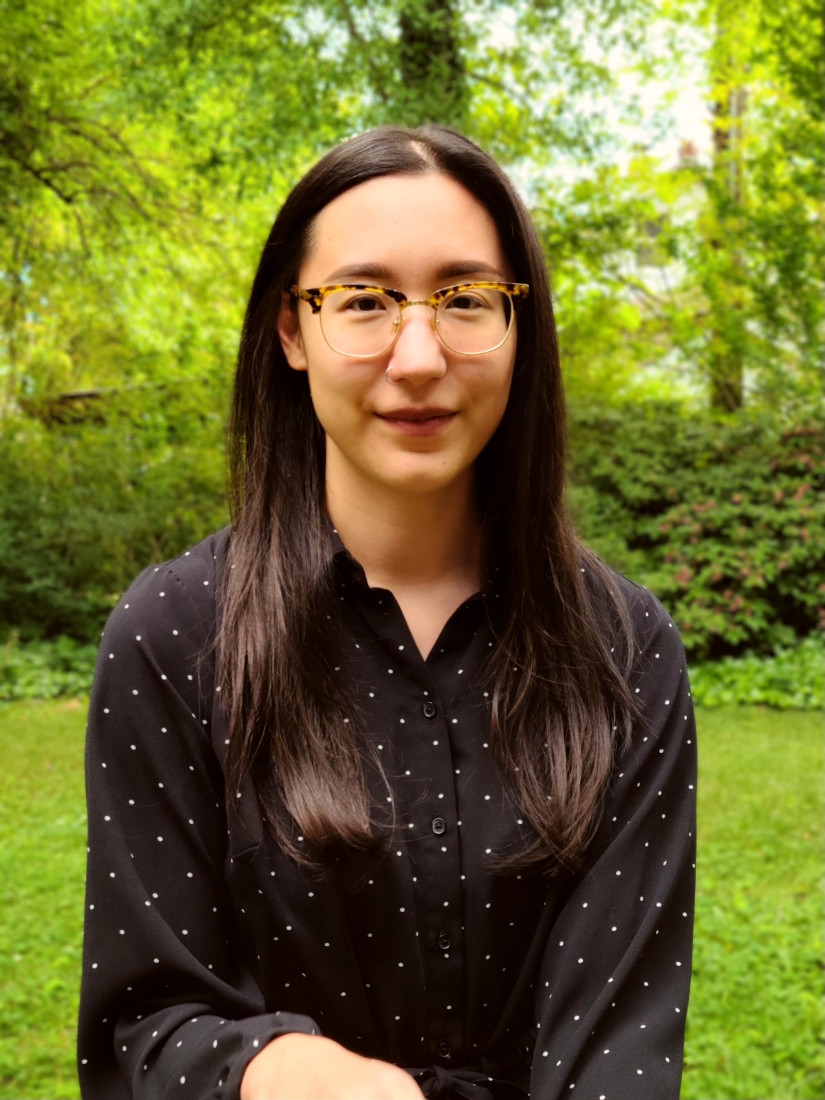PROFile: Telling Indigenous Hawaiian History
Leah Kuragano, assistant professor, Department of History
“Typically, I say that my specialization is in the study of the United States after World War II but with a focus on Pacific worlds,” Dr. Leah Kuragano says. “That would include Asia and Asian diaspora but also Indigenous peoples of the Pacific islands.”
She believes that in Canada, as in the United States, people need to learn the parts of history that are typically excluded from traditional narratives.
Kuragano compiled research from her doctoral dissertation on Pacific worlds into a book called Colonial Apprehension.
“It focuses on how Americans and Native Hawaiians (Kãnaka Maoli) related, how the political and social dimensions of that relationship developed over the course of the 20th century, through and mediated by popular culture,” she says.
Kuragano sought to understand how Americans and Native Hawaiians relate to each other.
She studied the histories of cultural formations of surfing, tiki culture and the television show Hawaii Five-0.
“They were often in conflict in terms of their vision for that relationship. The major thing that happens after World War II that changes between Hawaiians and the United States and Americans is statehood. Hawaii transitioned from a territory to a state in 1959,” she says.
“Hawaii became a symbol for Asian American inclusion after World War II. Native Hawaiians are often left out of that history. It was Native Hawaiian land, and Indigenous Hawaiians continue to exist and persist and claim their nationhood after and before the Second World War,” Kuragano says.
She further explains that Hawaii is sometimes referred to as the crossroads of the Pacific. It’s the meeting of east and west as Americans would have understood it during the Second World War.
“Hawaii is where the bombing of Pearl Harbor occurred. That even further solidifies Hawaii as just this place between Asia and North America. Native Hawaiians don’t see it that way. They see it as their Indigenous home,” Kuragano says.
—
If you could change one thing in the world, what would it be?
“My wish is that everyone have access to the same quality of education that the students at the University of Winnipeg enjoy. Educational equity.”
What do you do in your spare time?
“I do a lot of cooking. Food is a huge passion of mine. I was raised by a single mother who is Japanese. Food and my mother’s cooking was a way I connected with my heritage.”
What is something you want to convey to your students?
“The joy of learning is about thinking boldly. Doing things that are difficult: problem solving and learning new skills. Maintaining curiosity. The time at university is a time to do hard work.”
Published in Volume 77, Number 11 of The Uniter (November 24, 2022)








